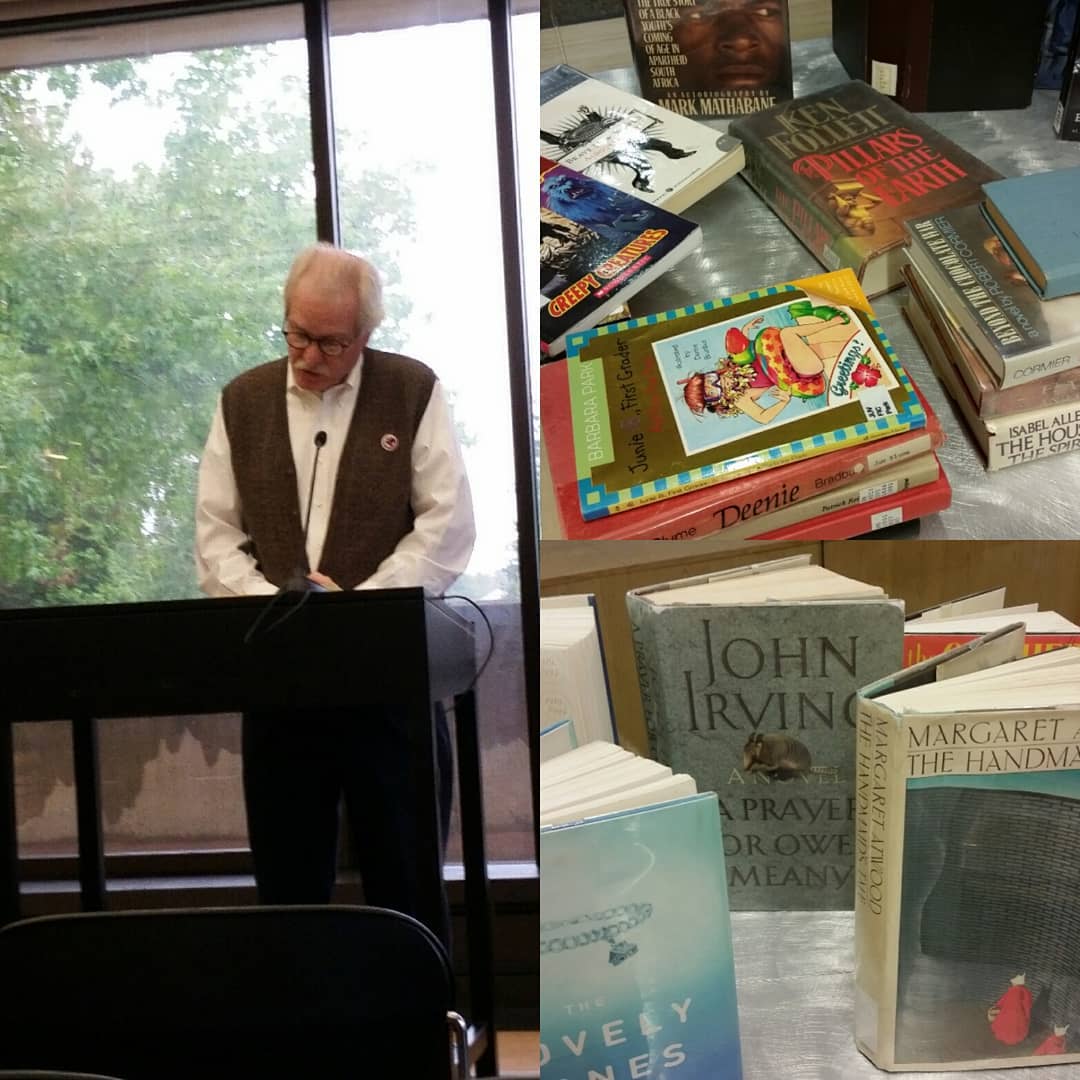
I skim every email I receive, even newsletters that seem to come into my inbox solely for me to delete them. However, in a recent copy of “What's New at Shain Library,” a weekly newsletter detailing events, lectures and exhibits taking place at the College’s library, an announcement for a community reading of Harper Lee’s “To Kill a Mockingbird” in honor of Banned Books Week piqued my interest. I contacted Carrie Kent, who organized the reading, and volunteered to read for 20 minutes near the end of the day.
I don’t regularly speak publically, but I did act in a couple of theater productions in high school, and I have always been a good public speaker, so I felt I had enough experience to do justice to Lee’s prose. When I arrived at the Charles Chu Room, the library’s main lecture hall where the reading was taking place, Carrie was standing at a podium reading from a worn copy of the book with a green cover and, with her finger on the line she had just stopped at, beckoned me to continue.
I hadn’t read “To Kill a Mockingbird” since my first year of high school, but I remembered the story. I quickly understood that I was reading a passage just before the first trial scene. For twenty minutes I stood at the podium in the Chu Room reading through most of chapter 16 to a solitary audience member. The section began by portraying the protagonists', Scout and Jem, interactions with members of the Maycomb County community relating to the trial, such as Miss Maudie, who describes the crowds of people arriving in town for the trial as “like a Roman carnival.”
However, halfway through my reading, as the characters prepared to enter the courtroom, the scene became uglier as Scout confronted the men who she had prevented from lynching her father in the previous chapter. I read several passages using racially charged language, such as a scene where members of Maycomb's black community attempted to enter the courthouse prior to a group of white observers. These passages were shocking to me because I had forgotten the lengths Lee had gone in her use of language to portray Alabama in 1936.
I spoke with Carrie after the event, and she told me that to the best of her knowledge this was the first time anyone had organized a community read at the College; she hopes to organize more, and recruit more readers and audience members. For me, this was a nice opportunity to participate in a community event during an afternoon when I otherwise would have studied in Shain, and it was a great way to take a stand for banned books and freedom of expression.